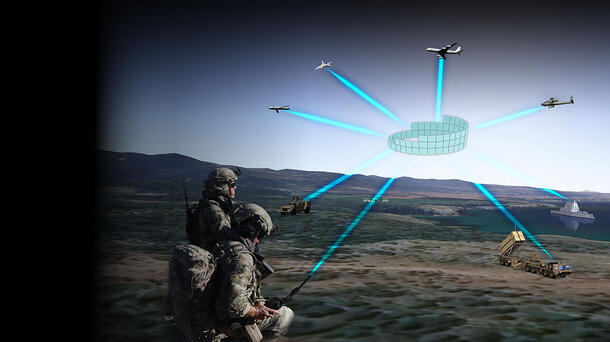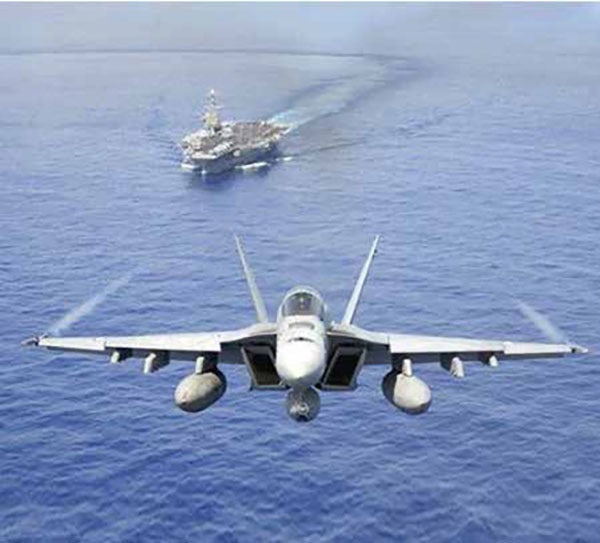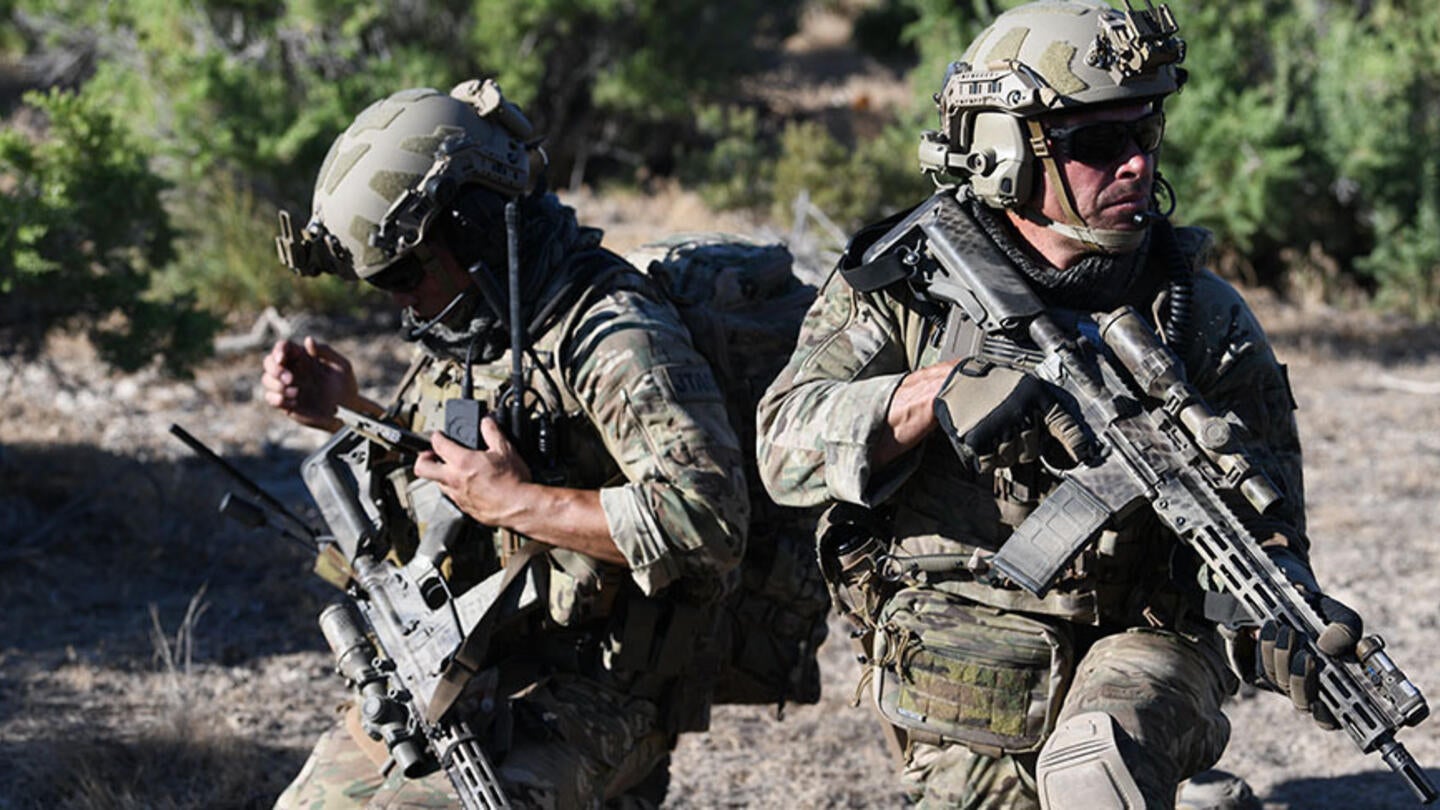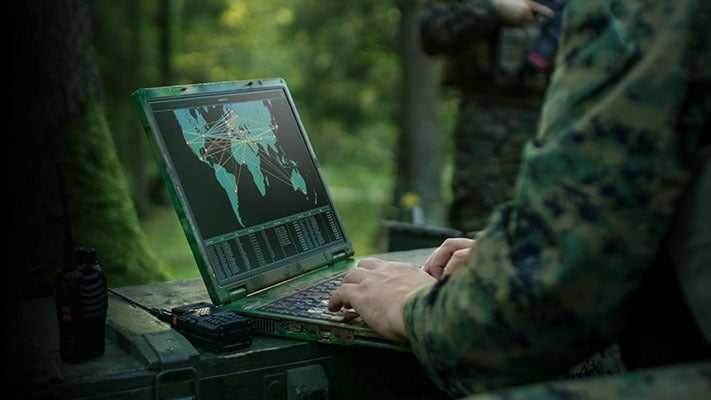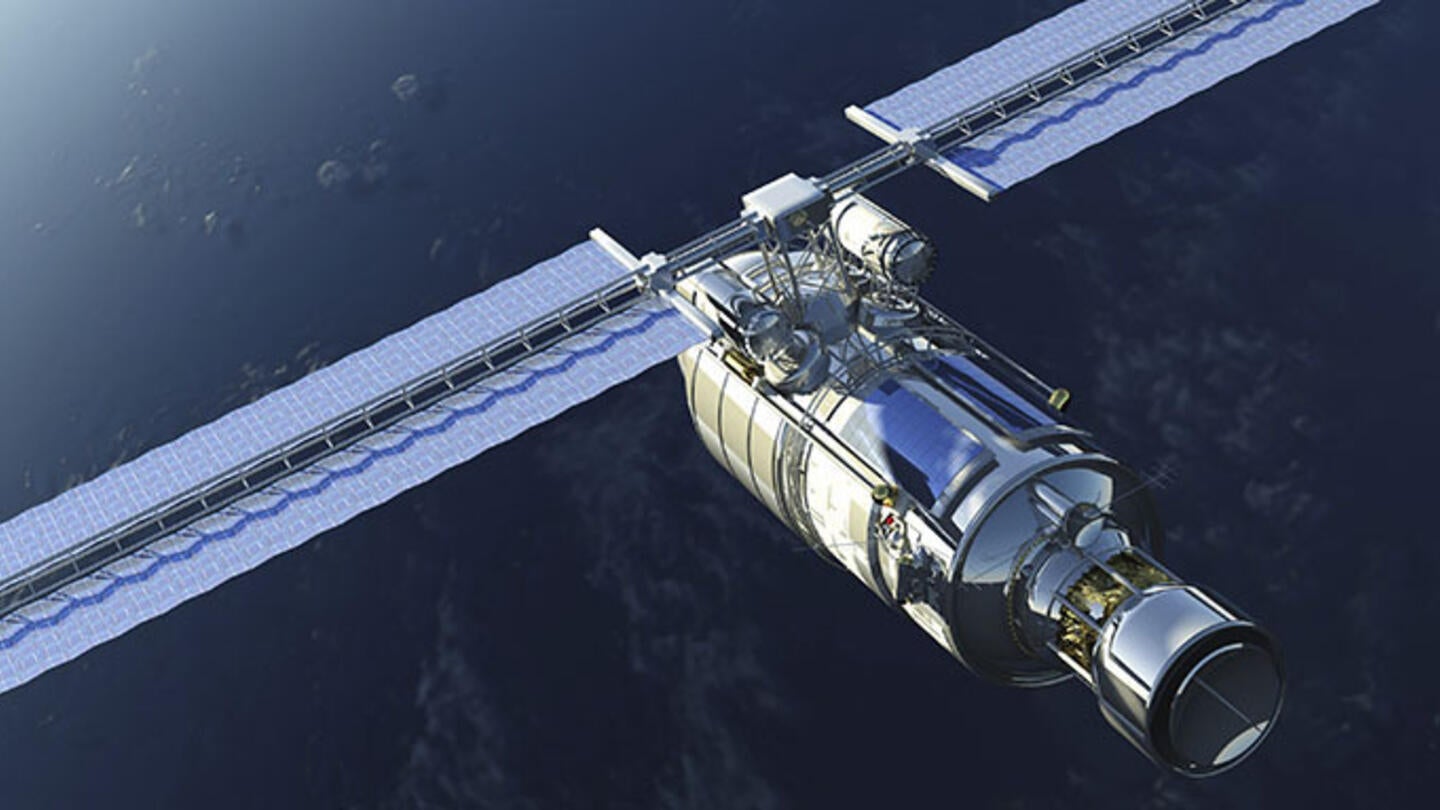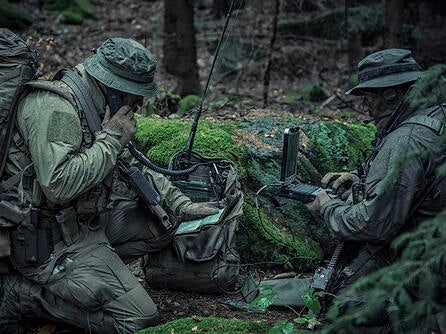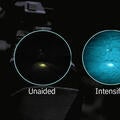Officially acquired at the beginning of 2023, L3Harris Technologies’ new Tactical Data Links (TDL) business has been successfully integrated into the company’s Communication Systems segment ahead of schedule.
In addition to a flurry of integration activities throughout the year, the TDL business also received the largest Multifunction Information Distribution System (MIDS) Joint Tactical Radio System (JTRS) production order ever – worth more than $150 million – and demonstrated Link 16 capabilities from space.
The integration of TDL technology, operations and supply chain further establishes L3Harris as the industry leader for resilient networks and communications, said Lauren Barnes, president of L3Harris’ Broadband Communications business. Barnes foresees the Link 16 portfolio continuing to boost resilient network capabilities for customers across the world.
“The warfighters have benefited tremendously as a result of this integration,” said Barnes, “and proven communications capabilities are strengthened.”
